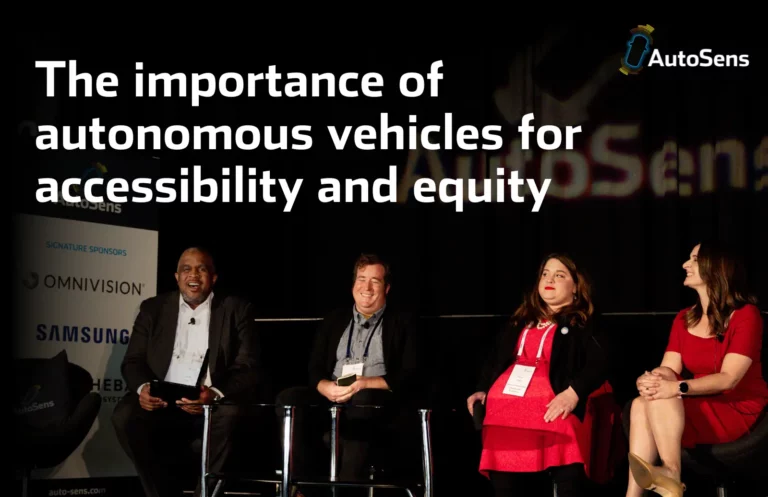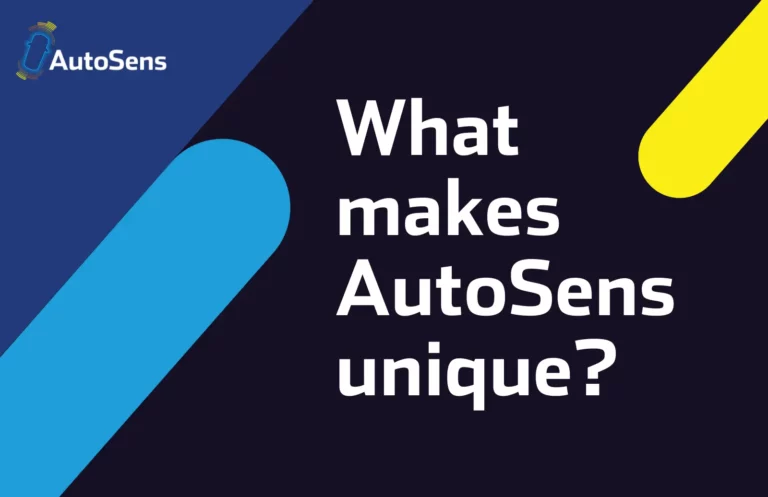We caught up with Philip Koopman, Autonomous Vehicle Safety Professor at Carnegie Mellon University to find out more about his talk on ‘Driver Intervention-Based Vehicle Automation and Safety’ at AutoSens Detroit 9-11 May. Read on to hear what he had to say…
1. We are very excited that you will be speaking at AutoSens Detroit this year. You will be speaking on Driver Intervention-Based Vehicle Automation and Safety can you give us an overview of your talk?
Attention is shifting to high-end driver assistance as a more promising near-term path to deploying automation technology compared to robotaxis. Level 2+ and Level 3 driving features might be the end-state for at-scale series production for some time to come rather than a temporary stage on the way to Level 4/5 nirvana. With that type of vehicle automation, drivers are expected to pay some degree of attention and intervene to ensure safety when necessary.
Given the prospect of a mix of L2+ and L3 being on the roads for decades to come, it is more important than ever to consider the technical and social issues with these systems that push the boundaries of reasonable human driver cognitive performance and challenge legal notions of responsibility for crashes. This talk challenges the fundamental notion that steering automation should be treated as a driver assistance capability rather than as an automated driving feature. Re-grouping automation categories as to whether the driver’s role is driving, intervening when requested, or not paying attention at all could simplify explaining the technology to consumers, establishing reasonable regulations, reducing liability uncertainty, and ensuring public road safety.
2. This is an area that is obviously very important to you. How did you get to be where you are and can you share more about your role at Carnegie Mellon University?
I’ve been working on self-driving car safety for more than 25 years. I got an opportunity to be the dependability/safety expert on an early autonomous vehicle
project at Carnegie Mellon University in the mid-1990s by being the right person at the right place at the right time. Since then I’ve been fortunate to have opportunities to work with safety in various domains including rail, industrial controls, commercial buildings, consumer electronics, power systems, and conventional automotive by doing industry design reviews.
I have also done some product defect litigation expert work. In recent years I’ve spent more time focusing on the safety of vehicle automation technology, including serving as the technical lead for the ANSI/UL 4600 standard on autonomous vehicle safety. I also serve on working groups for other standards related to automotive and vehicle automation technology safety. I teach a course on embedded system safety each Fall at Carnegie Mellon University, while the rest of my time is spent working with industry and public safety advocates on autonomous vehicle safety and related topics.
3. How safe is safe enough – do you think there will be a point when the industry can say this has been reached? How will this be achieved?
The issue with being “safe enough” is less about selecting a particular numeric target and more about understanding how complex the question is. If you ask seven people what they mean by an automated vehicle being safe you’re likely to get eight (or more) answers that are at different levels of abstraction, ranging from very technical metric-based answers to answers that deal more with how someone feels being a passenger in a vehicle that drives in an unusual way.
The topic is so complex I wrote a book about it, and there is already a pile of additional thinking that might make its way into a revision down the road.
Regardless of how “safe enough” is defined, it is important that the topic be seen as a journey of continual safety improvement rather than a particular number beyond which victory can be declared. That having been said, releasing immature technology that is dramatically worse than what we have with human drivers today is a very real possibility, and must be avoided.
4. We are looking forward to seeing you in Detroit again. As a previous speaker what can our delegates expect at the event and what are you most looking forward to?
This will be one of my first in-person events in several years, so I’m looking forward to catching up with old friends and meeting new ones. I’ve found past Autosens events to be well structured and have interesting folks to learn from.







